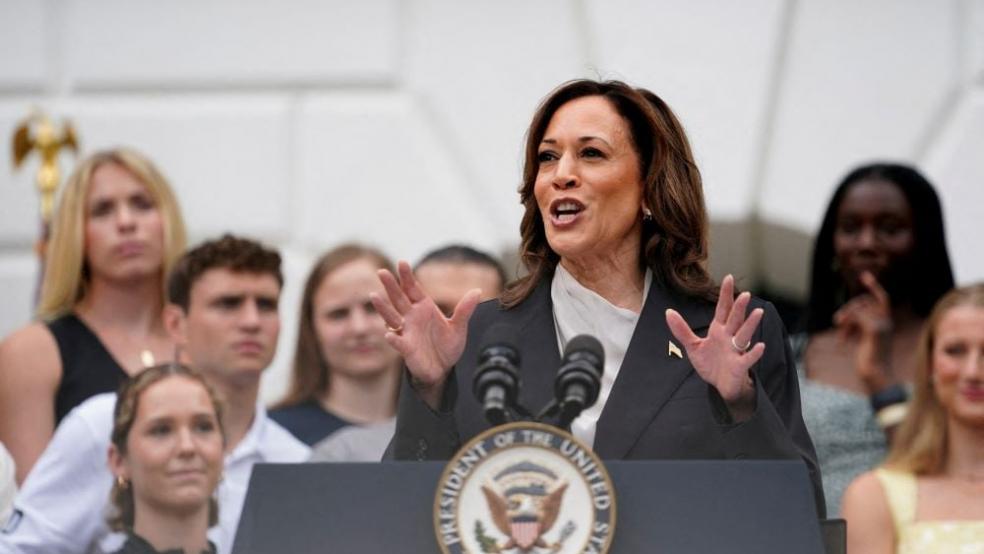Vice President Kamala Harris provided an overview of her economic plan Wednesday, expanding upon her vision of an “opportunity economy” built around a thriving middle class.
In a speech at the Economic Club of Pittsburgh, backed by an 80-page handout given to reporters attending the event, Harris promised “a new way forward” for the middle class, shaped by pragmatic policies designed to do what works for the majority of the population. “We shouldn’t be constrained by ideology, and instead should seek practical solutions to problems,” she said.
While most of the specific proposals highlighted in the speech – including a $6,000 tax credit for children in their first year of life, $25,000 in down payment assistance for first-time homebuyers, and $50,000 tax breaks for small business startups – have been discussed before by Harris, the Democratic candidate framed her proposed program more explicitly as a clear alternative to her opponent, as well as a break from the past.
“For Donald Trump, our economy works best if it works for those who own the big skyscrapers, not those who actually build them,” she said. “On Trump’s watch, offshoring went up and manufacturing jobs went down across our country and across our economy. All told, almost 200,000 manufacturing jobs were lost during his presidency, starting before the pandemic hit, making Trump one of the biggest losers ever on manufacturing,” she added.
By contrast, Harris – who repeated her previous pledge of allegiance to the basic economic system in the U.S., saying “I am a capitalist” – said her program would reduce costs for households facing prices that remain too high, while creating growth that would generate new wealth shared broadly by the population. Fostering high-tech manufacturing will be a central focus of her administration, Harris said, vowing that the U.S. will dominate the major industries of the future – a goal that can be reached through the creation of “active partnership between government and the private sector.” (Aides said the vice president wanted to provide $100 billion in tax credits over 10 years to foster manufacturing, but Harris did not address that proposal directly.)
“The American people face a choice between two fundamentally very different paths for our economy: I intend to chart a new way forward and grow America’s middle class,” Harris said. “Donald Trump intends to take America backward to the failed policies of the past. He has no intention to grow our middle class.”
The bottom line: Harris is highlighting her pro-business economic plans, in part to push back against baseless accusations from the right that she is a “communist,” while offering a variety of proposals to reduce costs aimed at middle-class voters still struggling with high prices in the wake of the pandemic-era inflationary surge.




